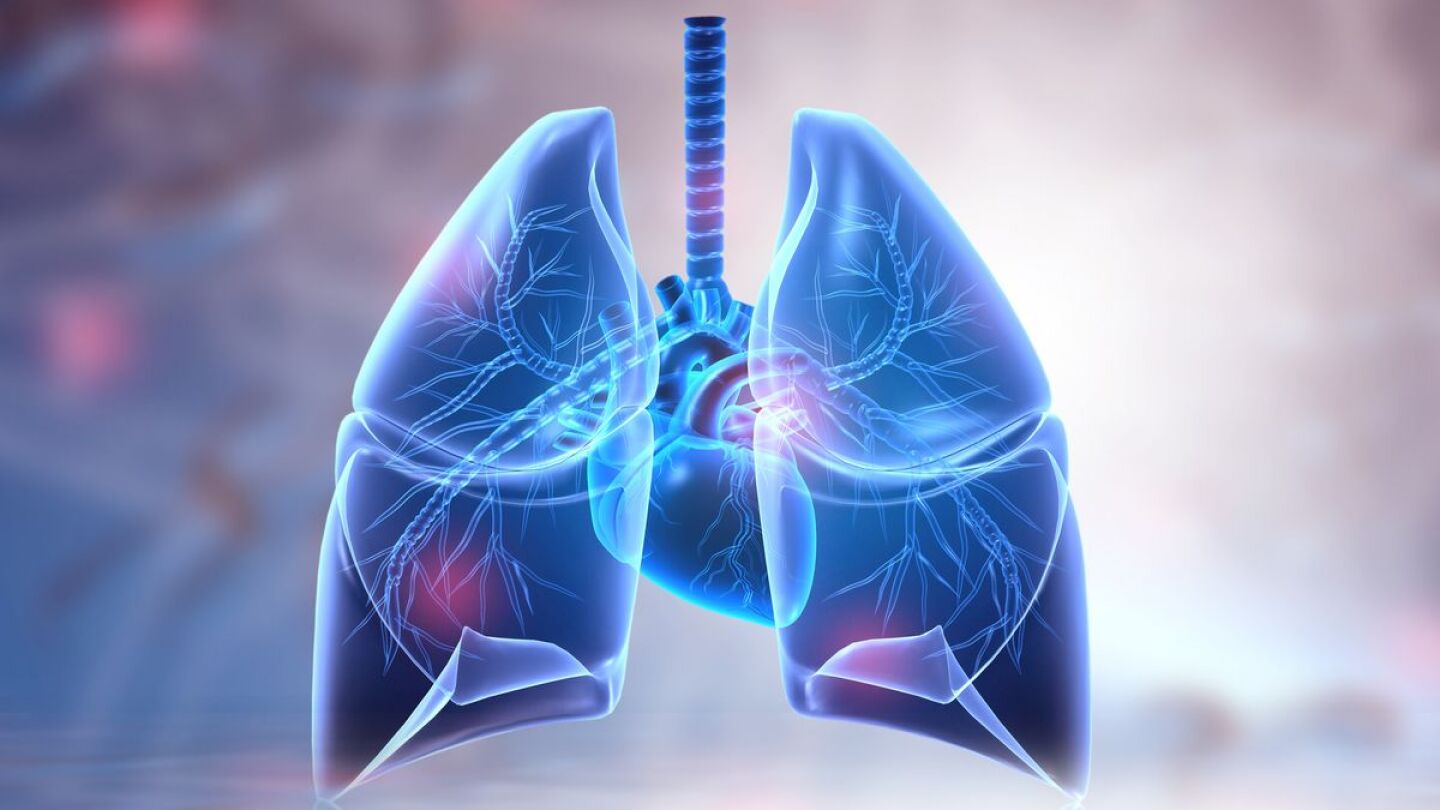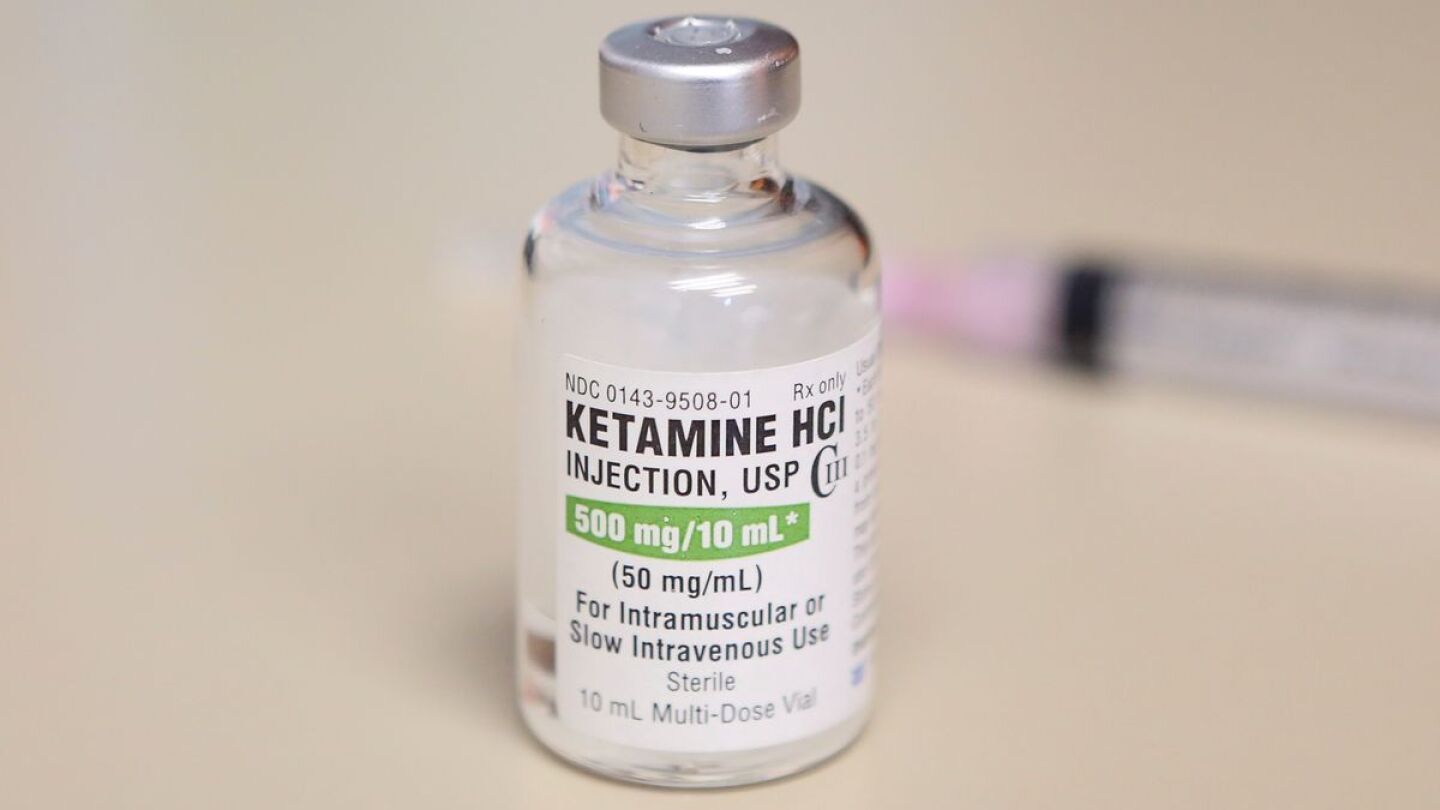Capnography
Discover our directory of articles on Capnography in EMS, designed to equip professionals with the knowledge needed to effectively monitor and interpret end-tidal CO2 levels. This collection covers capnography in various scenarios, including respiratory emergencies, cardiac arrest, and airway management. Understanding capnography is essential for making informed decisions in critical situations. For more insights, explore our resources on Airway Management. Stay informed and improve your patient care with our expert guidance on capnography.
From the 1500s until today, techniques for placing a tube into the trachea have continuously evolved and will continue to improve in the future
Four distinct events must occur in order for an anaphylactic reaction to manifest
Day 1 of the Wisconsin EMS Association conference featured sessions on sepsis, electrolyte imbalances, facial trauma and traumatic amputations
Takeaways from the 90-plus posters on display at this year’s National Association of EMS Physicians annual meeting
Always keep the patient’s context in mind in any situation when you’re utilizing waveform capnography
Louisville Metro EMS Major Chis Lokits joins to discuss the future of paramedic intubation, as well his agency’s part in the DoD’s prehospital airway clinical trial
Our cohosts tackle a contentious topic – including waveform capnography into the EMT Scope of Practice; do you agree?
Maryland physician describes the current pediatric bed crisis as “far worse than the worst days of the adult critical care bed crunch during COVID”
Exploring the limitations of lung auscultation and pulse oximetry
Check out this incredible footage from video laryngoscopes that captured burned and swollen airways during intubation
Protect patients from over-ventilation and pulmonary injury with a bag-valve-mask that helps regulate rate and volume
The negative association between number of airway attempts and neuro-intact survival following OHCA
Preparing for the most stressful call you can receive: pediatric cardiorespiratory arrest
Examining the evidence for managing intubation attempts, PEA and ETCO2 for out of hospital cardiac arrest
Establishing a definitive airway and administering blood products
How young patients’ unique anatomy and physiology impact trauma assessment and management
It’s not all about breathing rates: hypercapnia risk factors and complications
The position statements summarize recommendations for training, quality management, pediatric considerations and more
Drs. Antevy, Piehl, Spiro, Scheppke, Bernstein and Kupas discuss ketamine and other sedatives, and how to minimize risk when administering
Learn about the types of burns, how to calculate BSA and how to treat burns and airway compromise
Kelly Grayson shares how the digital amplification option from Eko stands up to rig noise and abuse
Vodcast: Drs. Peter Antevy, Mark Piehl and David Spiro discuss multi-system inflammatory syndrome in children and the newest PALS guidelines
An AEMT recalls a response to what appeared to be a stroke, which turned into a chest pain scenario
Flail chest, tension pneumothorax, cardiac tamponade and pulmonary contusion have unique presentations, but all jeopardize vital functions
5 ways to protect the patient during mechanical ventilation
The NAEMSP Discussion Forum debates EMT training, capnography considerations
Without real-time feedback to confirm ventilation rate and volume, a piece of the map is missing
A PCR can take 10 times longer than the call, but this webinar can help EMS agencies cut that time and provide complete call information
Test your knowledge on hyperventilation, hypoventilation and reactive airway disease capnography waveforms
With turnover among EMS hovering at 25% per year and costing more than $7700 per paramedic, data-driven strategies can help you improve employee retention.
Airway management guru Kelly Grayson on when and how to escalate to a more invasive and secure airway, and when to elevate care
AHA CPR Guidelines 2020 continue to emphasize early recognition of cardiac arrest and prompt CPR beginning with chest compressions provides the best chances for survival
Learn how advanced cardiac resuscitation techniques lead to increased survival in OOH cardiac arrest

































